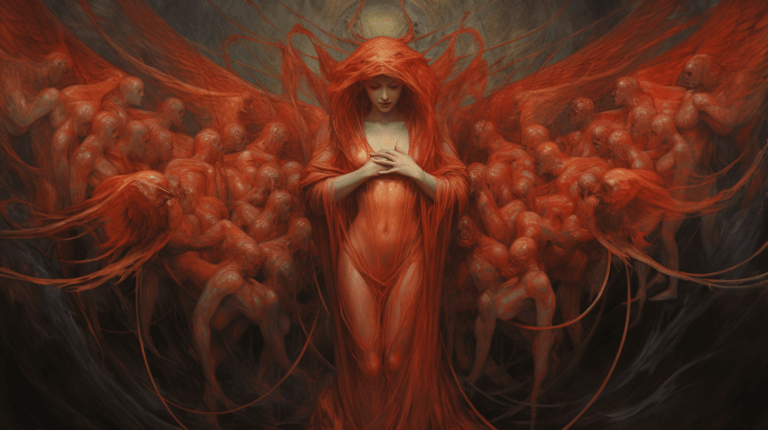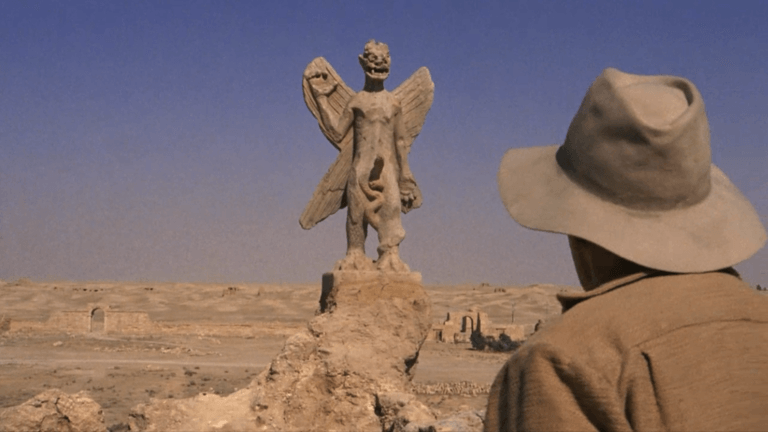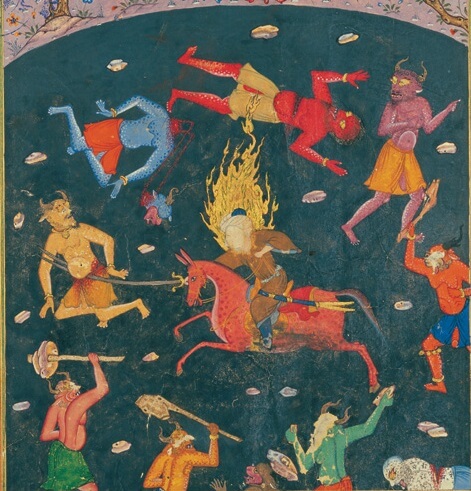Spirit Invocation 101
Invoking spirits is a practice that has been carried out across cultures and eras. From shamans in tribal communities to Wiccan rituals in modern times, many have claimed the ability to communicate with the spiritual realm. However, it’s essential to approach the subject with caution, respect, and skepticism. If done without care, it can lead to unintended consequences or even harm.
This article will provide a brief overview of the history, methodologies, precautions, and reasons one might choose to invoke spirits.

History of Spirit Invocation
Throughout the millennia, various civilizations have interacted with the spiritual realm in unique ways:
- Ancient Egyptians: Priests and magicians would invoke deities and spirits during rituals. The “Book of the Dead” contains spells and incantations to assist the deceased in navigating the afterlife.
- Native Americans: Ritual dances, drumming, and chanting are used to enter trance states and connect with spirit guides and ancestors.
- Medieval Europe: Alchemists and mystics, often in secret, attempted to converse with angelic beings, drawing inspiration from Kabbalistic and Hermetic traditions.

Reasons for Invoking Spirits
- Ancestral Honoring: In cultures globally, rituals are performed to honor ancestors, seeking their guidance or simply paying respects.
- Healing: Shamans and spiritual healers invoke spirits to aid in healing physical and emotional ailments.
- Divination: Some invoke spirits for foresight into the future or insights into current problems.

Detailed Steps for Spirit Invocation
- Preparation:
- Cleanse the Space: Using sage, palo santo, or incense to cleanse the area of negative energies is common.
- Gather Symbols: Symbols, images, or statues that represent the spirit can help in focusing your intent.
- Ritual:
- Chants & Mantras: Repeating specific words or phrases can help raise energy and create a spiritual connection.
- Dance & Movement: In many traditions, rhythmic movement assists in inducing trance-like states and connecting with spirits.
- Communication:
- Closing:
- Grounding: After communication, engage in activities that reconnect you with the physical realm, like eating, walking, or tactile activities.

Precautions
- Avoid Fear: Entering a ritual with fear can attract negative energies. Maintain a calm and assertive demeanor.
- Seek Experienced Guidance: If you’re new to spirit invocation, seeking guidance from experienced practitioners can be invaluable.
- Mind-altering Substances: While some traditions use substances to aid in connecting with the spirit world, they can also cloud judgment and leave one vulnerable.
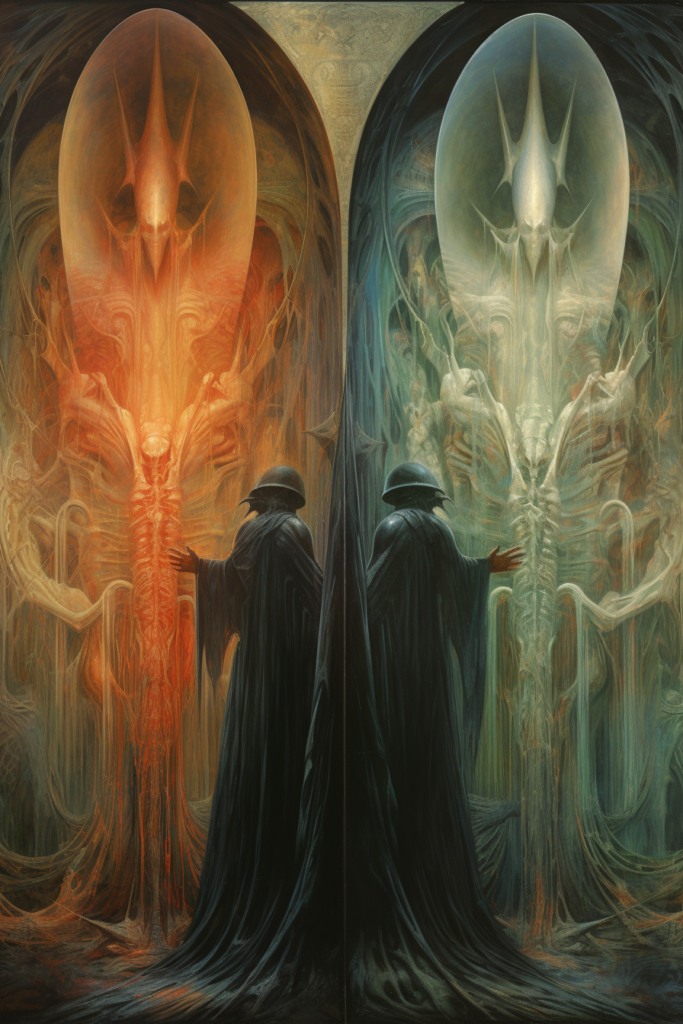
Skepticism and Modern Perspectives
Beyond pure skepticism, some contemporary theories suggest:
- Archetypal Psychology: Proposed by Carl Jung, this theory suggests that spirits and deities are manifestations of universal archetypes present in the collective unconscious.
- Quantum Physics: Some theories in quantum mechanics, like the idea of entanglement, hint at interconnectedness, which could provide a scientific framework for the sensation of connecting with other entities or realms.
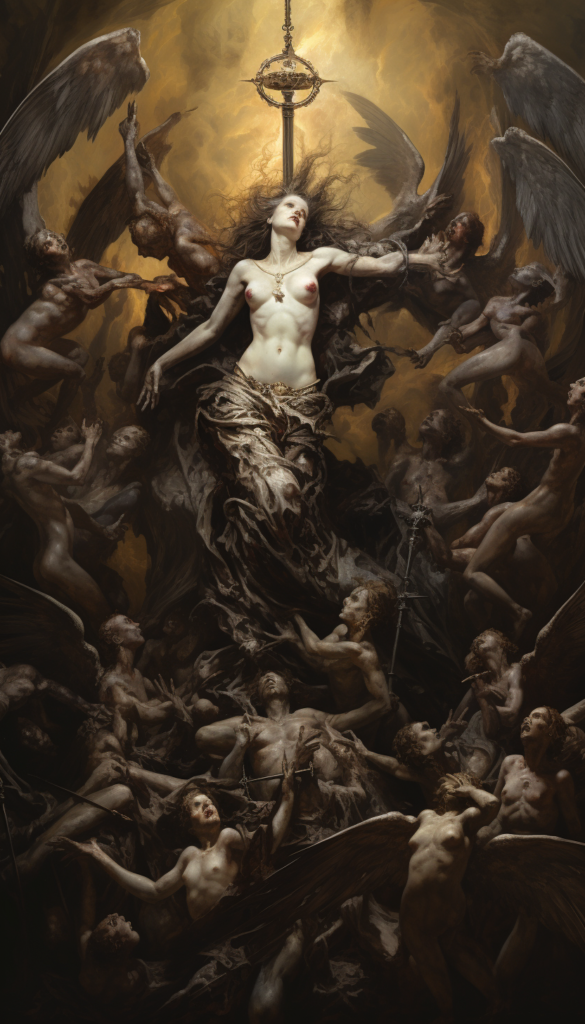
Conclusion
The realm of spirit invocation is vast, encompassing a rich tapestry of traditions, beliefs, and practices. Regardless of one’s personal beliefs, there’s no denying the profound impact such practices have had on human history and culture. Whether one views spirits as external entities, psychological archetypes, or something else entirely, approaching the subject with an open heart, respect, and a healthy dose of skepticism can lead to profound insights and personal growth.


